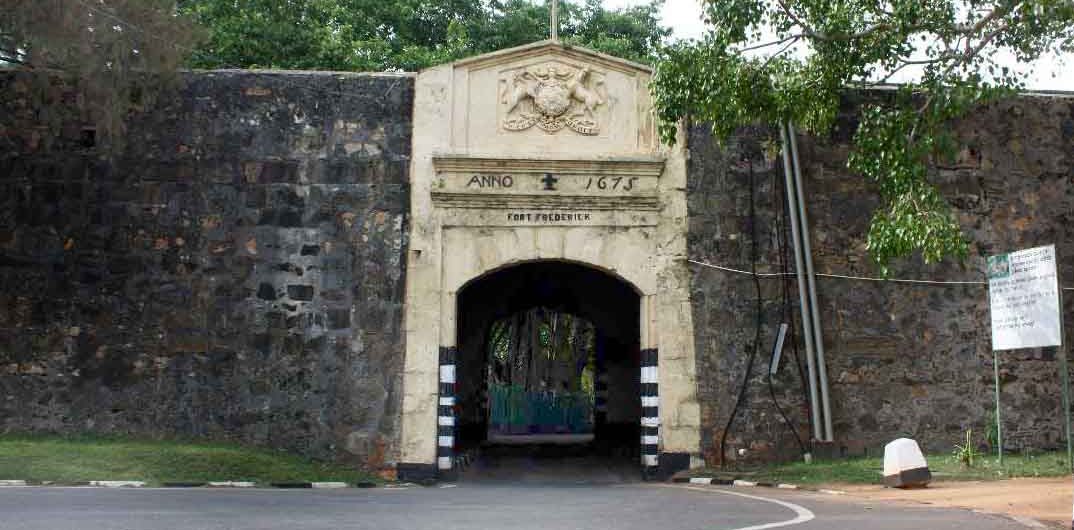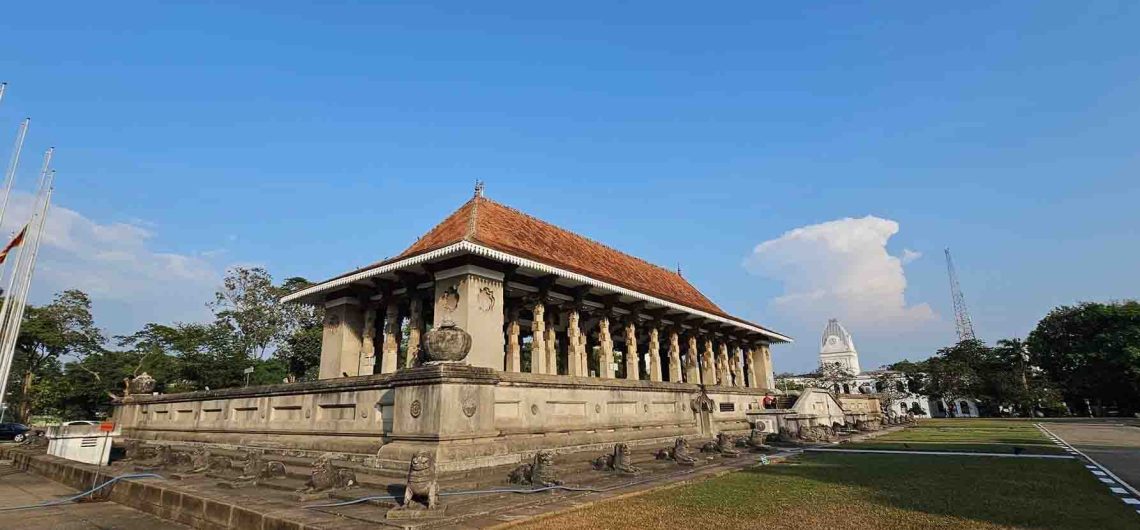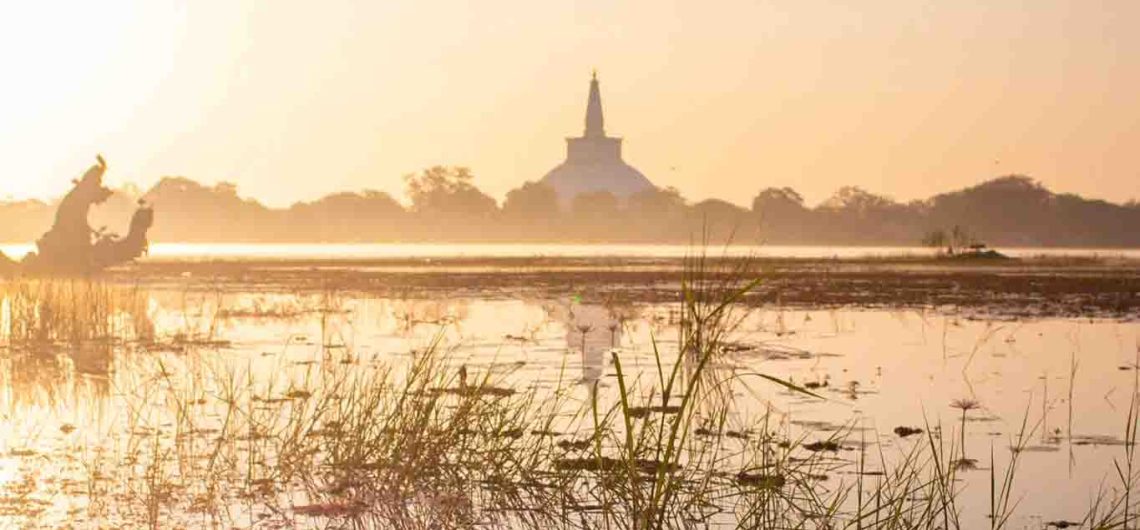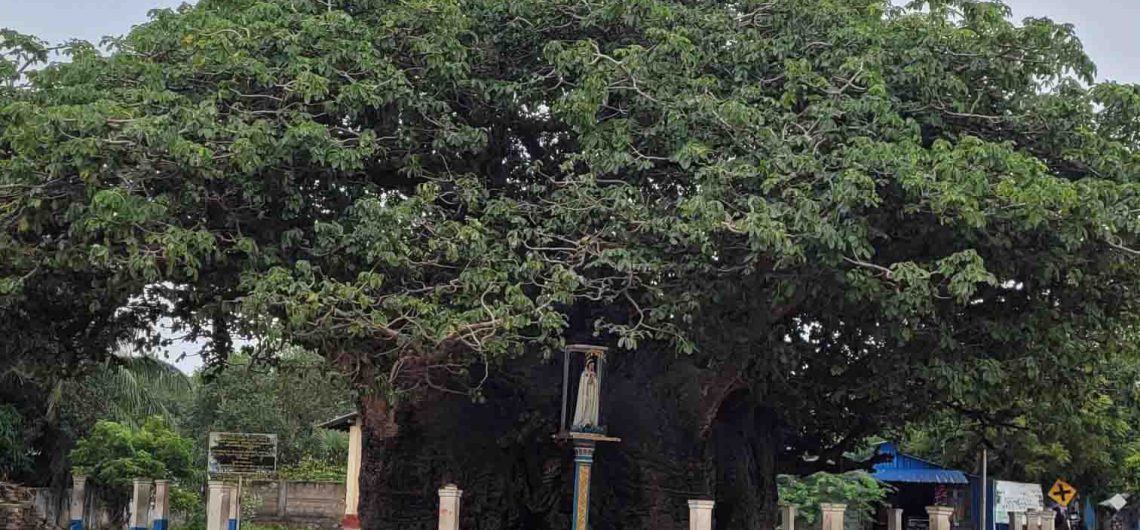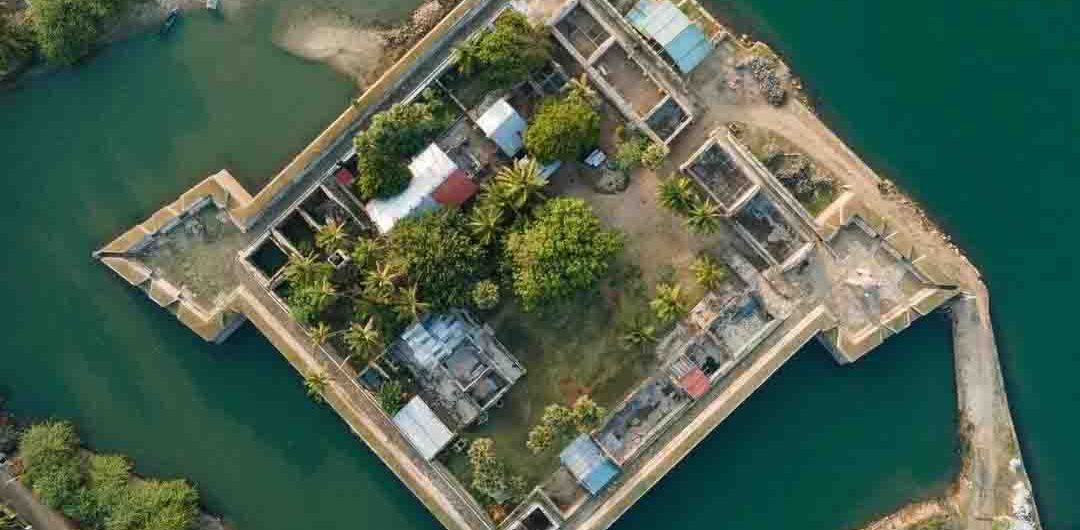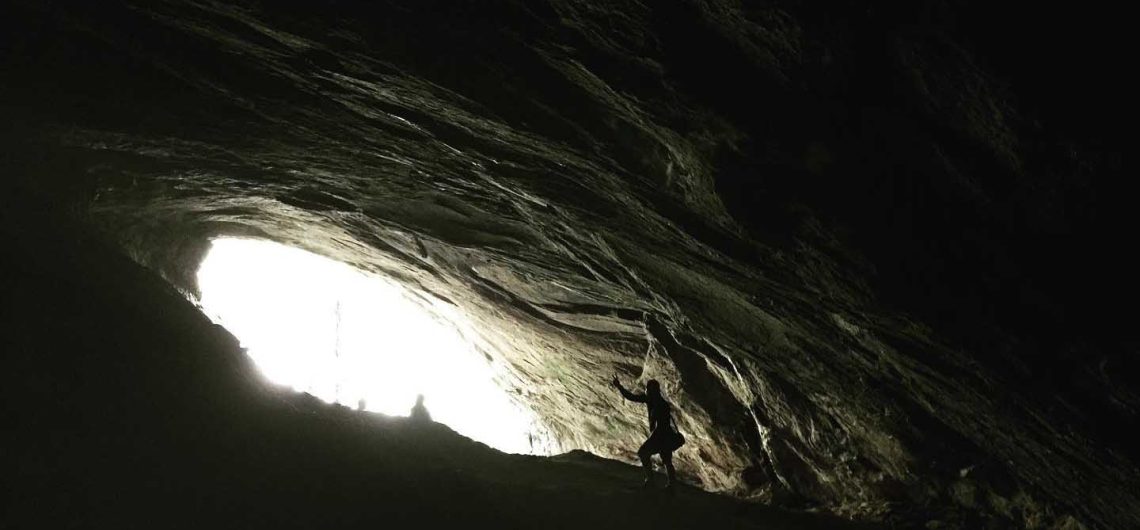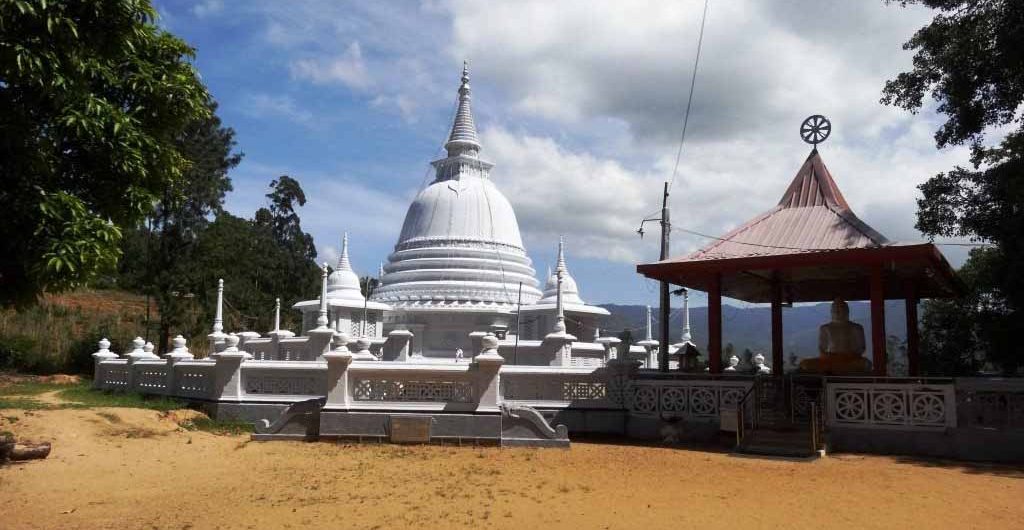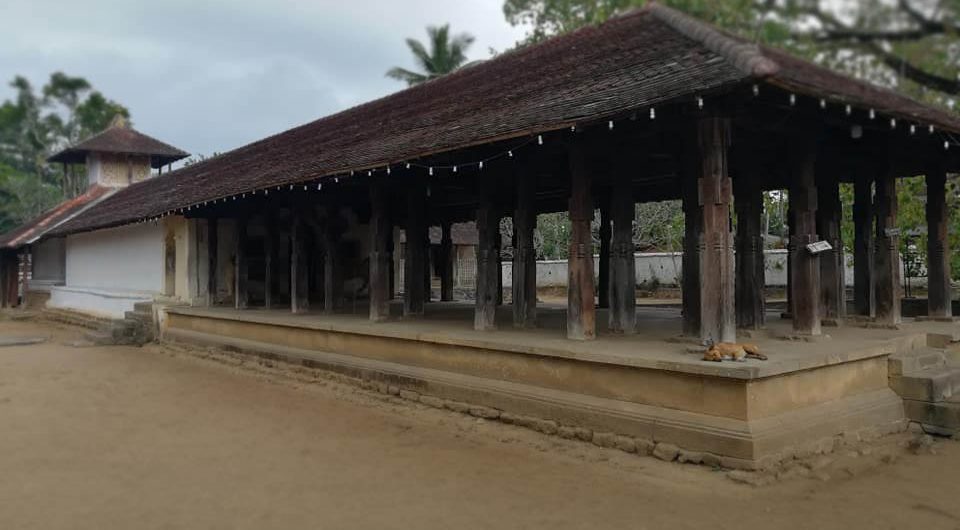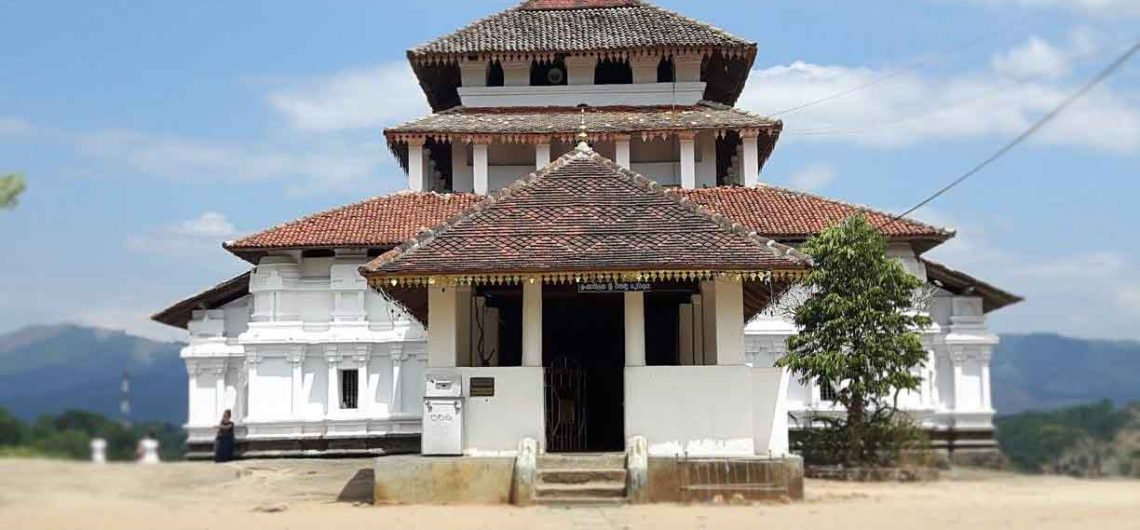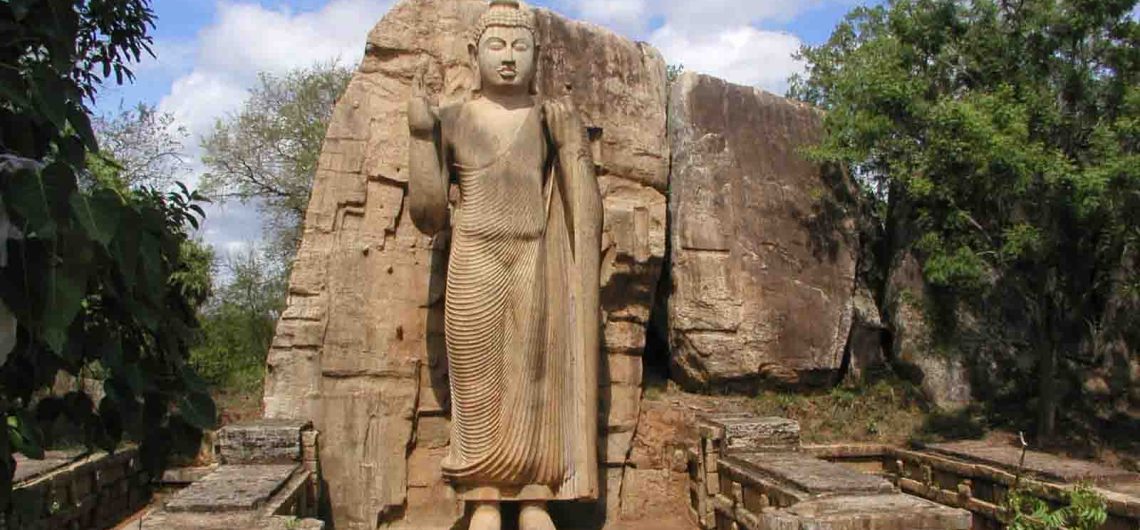In the heart of Sri Lanka, nestled within the ancient city of Anuradhapura, lies a constellation of eight sacred sites known as the Atamasthana. These revered locations, each bearing the weight of history and faith, are more than just architectural marvels; they are a testament to the enduring legacy of Buddhism and its profound influence on the island nation. To delve into the Atamasthana is to embark on a journey through time, uncovering stories of devotion, architectural brilliance, and the unwavering spirit of a civilization deeply rooted in spiritual pursuit. A Glimpse into the Eight Sacred Places: Jaya Sri Maha Bodhiya: Towering over the sacred city, the Jaya Sri Maha Bodhiya is not just a tree but a living symbol of enlightenment. Grown from a branch of the very Bodhi tree under which the Buddha attained his awakening, it stands as a beacon of hope, attracting pilgrims from across the globe for centuries. Ruwanwelisaya: This majestic dagoba, boasting a white hemispherical dome, is the largest stupa in Sri Lanka and a testament to King Dutugemunu's devotion. Its intricate carvings and serene atmosphere evoke a sense of awe and inspire reflection. Thuparamaya: The oldest dagoba in Sri Lanka, Thuparamaya holds a relic of the Buddha's collarbone. Its simple yet elegant design marks the beginning of stupa architecture on the island and carries within its walls a whisper of the past. Lovamahapaya: This once-grand monastic complex, boasting nine floors and housing 1,000 monks, was a center of learning and meditation. Today, only ruins remain, yet they paint a vivid picture of the vibrant monastic life that once thrived here. Abhayagiri Dagaba: Rising amidst the ruins of a vast monastery, this imposing dagoba served as a rival to Ruwanwelisaya. Its unique square base and intricate carvings offer a glimpse into
In the heart of Sri Lanka, nestled within the ancient city of Anuradhapura, lies a constellation of eight sacred sites known as the Atamasthana. These revered locations, each bearing the weight of history and faith, are more than just architectural marvels; they are a testament to the enduring legacy of Buddhism and its profound influence on the island nation. To delve into the Atamasthana is to embark on a journey through time, uncovering stories of devotion, architectural brilliance, and the unwavering spirit of a civilization deeply rooted in spiritual pursuit.
A Glimpse into the Eight Sacred Places:
Jaya Sri Maha Bodhiya:
Towering over the sacred city, the Jaya Sri Maha Bodhiya is not just a tree but a living symbol of enlightenment. Grown from a branch of the very Bodhi tree under which the Buddha attained his awakening, it stands as a beacon of hope, attracting pilgrims from across the globe for centuries.
Ruwanwelisaya:
This majestic dagoba, boasting a white hemispherical dome, is the largest stupa in Sri Lanka and a testament to King Dutugemunu’s devotion. Its intricate carvings and serene atmosphere evoke a sense of awe and inspire reflection.
Thuparamaya:
The oldest dagoba in Sri Lanka, Thuparamaya holds a relic of the Buddha’s collarbone. Its simple yet elegant design marks the beginning of stupa architecture on the island and carries within its walls a whisper of the past.
Lovamahapaya:
This once-grand monastic complex, boasting nine floors and housing 1,000 monks, was a center of learning and meditation. Today, only ruins remain, yet they paint a vivid picture of the vibrant monastic life that once thrived here.
Abhayagiri Dagaba:
Rising amidst the ruins of a vast monastery, this imposing dagoba served as a rival to Ruwanwelisaya. Its unique square base and intricate carvings offer a glimpse into the architectural prowess of its era.
Jetavanarama:
The largest monastery complex in the ancient world, Jetavanarama housed over 3,000 monks. Its colossal stupa, though partially ruined, still commands respect and evokes awe with its sheer size and historical significance.
Mirisaveti Stupa:
This serene stupa, set amidst lush greenery, was built by King Mahasena and holds special significance for local deities. Its tranquil atmosphere offers a respite from the bustle of the city and invites contemplation.
Lankarama:
The largest monastery complex in Anuradhapura after Jetavanarama, Lankarama boasts a unique apsidal-shaped stupa and was a center of Theravada Buddhist learning. Its ruins stand as a reminder of the rich intellectual heritage nurtured within its walls.
Beyond the Walls: A Legacy of Faith and Cultural Exchange:
The Atamasthana are not mere archaeological sites; they are living testaments to the profound impact of Buddhism on Sri Lankan culture. The rituals and traditions practiced here have been passed down through generations, weaving a tapestry of faith and devotion that continues to shape the island nation’s identity.
Moreover, the Atamasthana played a pivotal role in Sri Lanka’s cultural exchange with other Buddhist nations. Monks from India, China, and Southeast Asia traveled to Anuradhapura, exchanging knowledge and practices that enriched the island’s Buddhist heritage. This cultural exchange left an indelible mark on the architecture, art, and literature of Sri Lanka, leaving behind a legacy that continues to resonate today.
A Call to Exploration: Embarking on Your Own Pilgrimage:
Visiting the Atamasthana is not just a sightseeing tour; it is an invitation to immerse yourself in a world steeped in history, culture, and spirituality. As you walk through these sacred sites, imagine the chants of monks echoing through the halls, the vibrant festivals held around stupas, and the whispers of pilgrims seeking solace and enlightenment.
Each site within the Atamasthana offers a unique experience. At Jaya Sri Maha Bodhiya, find peace under the ancient Bodhi tree. Marvel at the architectural grandeur of Ruwanwelisaya and Thuparamaya. Feel the weight of history at Lovamahapaya and Abhayagiri Dagaba. Imagine the bustling monastic life at Jetavanarama and Lankarama. And find serenity amidst the greenery surrounding Mirisaveti Stupa.
Embark on your pilgrimage, let the Atamasthana narrate their tales, and allow the echoes of ancient devotion to resonate in your soul.
.
.
.
(Cover Image Credit: Chathura Anuradha Photography from IG)

